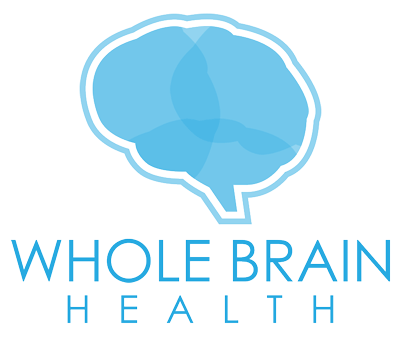Hippocrates stated that walking is man’s best medicine. Feeling the nice breeze and sun on the face, listening to the chirping of birds and enjoying the beautiful flowers and greens around is so relaxing and energizing. Walking is the most simple and easy form of physical activity that helps us enjoy the beautiful outdoors.
Walking makes us feel relaxed and calm but still focussed and energized. It is the most underrated form of physical exercise. Simply putting one foot in front of another to walk may seem as simple but it’s an intricate process that involves a harmonious coordination of joints, muscles and nerves. It is an advanced level of brain exercise. It doesn’t get as much credit as it should. During this time of covid-19 when most of the gyms and group workouts are closed, walking is the easiest and safest exercise to do. Most people think that the benefits of exercise can only be reaped out by sweating oneself in the gym but that’s not true. Walking is something we keep doing throughout our day without giving it much thought like we walk around the house doing chores or taking the dog out for a walk etc. It is the best possible form of exercise.
Benefits of walking:
- There are many scientifically proven physical and mental benefits of walking. A study in 2017 found that walking increases the blood flow to our brain. When we walk, the impact of our feet hitting the ground causes waves of pressure which increases the blood flow to the brain compared to standing still. This increases the overall brain perfusion, functioning and overall wellness.
- It has been studied that walking is also associated with improved memory in older adults. A study in 2011 found that older adults who do 40 minutes of brisk walking showed an average increase in 2% increase in hippocampus region.
- Walking also improves our heart health. It improves our cholesterol level, blood pressure and improves our energy levels. It improves vascular stiffness and inflammation.
- Walking helps in lowering the blood sugar level. Studies have shown that older adults who are pre-diabetic but regularly walk post-meals, lowers their risk of blood sugar spikes all day. High blood sugar level leads to inflammation in the brain and people with Alzheimer’s have shown to have high levels of inflammation in their brains. So taking short 15 minutes walks post meals can be a step forward to protecting us from future problems.
- Walking helps in maintaining our bone and joint health too. It helps in slowing the age related decline in bone density. Studies have shown that it reduces the hip-fracture risk in older women. The pace (faster the better) and volume (better is more) of walking is important in reducing the risk. Walking also helps with our joints as it improves the blood circulation to our cartilage thus providing the nutrients it needs to protect and cushion the ends of the bones in our joints.
- Not just the physical benefits, there are also emotional benefits to walking. Walking uplifts our mood. It been linked to increases in happiness, and higher self-esteem, enhancing positive mood and overall emotional well-being and lowering stress and depression.
Now that we are aware how a simple act of walking can be so beneficial for us, below are a few tips to make it a part of our daily lifestyle:
Timing: Find the best time for yourself. It could be the first thing in the morning. Or it could be after lunch or before dinner. It could be anytime. Do at the time which best suits you.
Seize the opportunity: Walk whenever you get a chance. Take stairs. Park the car far in the parking lot. Swap the drive with walking for nearby activities and chores. Try to incorporate it naturally, this will make it fun to walk around.
Get a buddy: Have a friend join you. Create a walking group in your neighborhood. This will make you accountable to each other and help you stick to it.
Keep a Track: Get a pedometer, or keep a walking log. Seeing yourself achieve the miles will encourage you to stick doing it and will also help in challenging yourself.
So don’t wait up for the perfect day and perfect time to start looking after your health, just tie up the shoe-lace and walk. Regular and longer walks will help us stay healthy and positive. So ready, set, walk.
References:
- “How walking benefits the brain: Researchers show that foot’s ….” 24 Apr. 2017, How walking benefits the brain: Researchers show that foot’s impact helps control, increase the amount of blood sent to the brain.
- “Memory Boost for Aging Adults: Take a Walk | Live Science.” 31 Jan. 2011, Memory Boost for Aging Adults: Take a Walk.
- “Improve Heart Health by Walking – Abbott.” Improve Heart Health by Walking.
- “Glucose – Diabetes Care – American Diabetes Association.” Three 15-min Bouts of Moderate Post-meal Walking Significantly Improves 24-h Glycemic Control in Older People at Risk for Impaired Glucose Tolerance. Accessed 5 Dec. 2020.
- “Walking and leisure-time activity and risk of hip fracture in ….” Walking and leisure-time activity and risk of hip fracture in postmenopausal women.
- “The Emotional Benefits of Exercise | National Institute on Aging.” The Emotional Benefits of Exercise | National Institute on Aging.
- “The physical and psychological benefits of walking | ACTIVE.” The physical and psychological benefits of walking.
